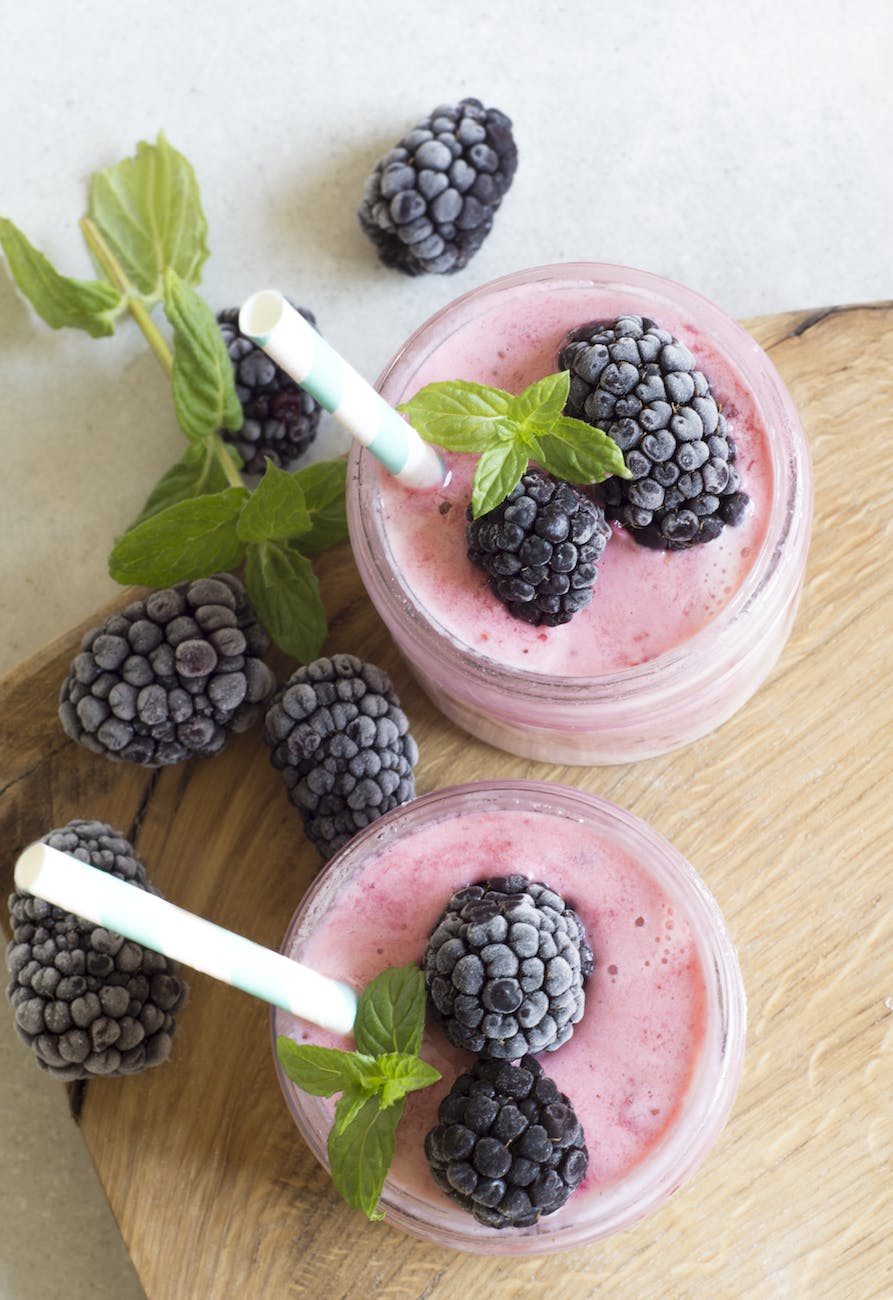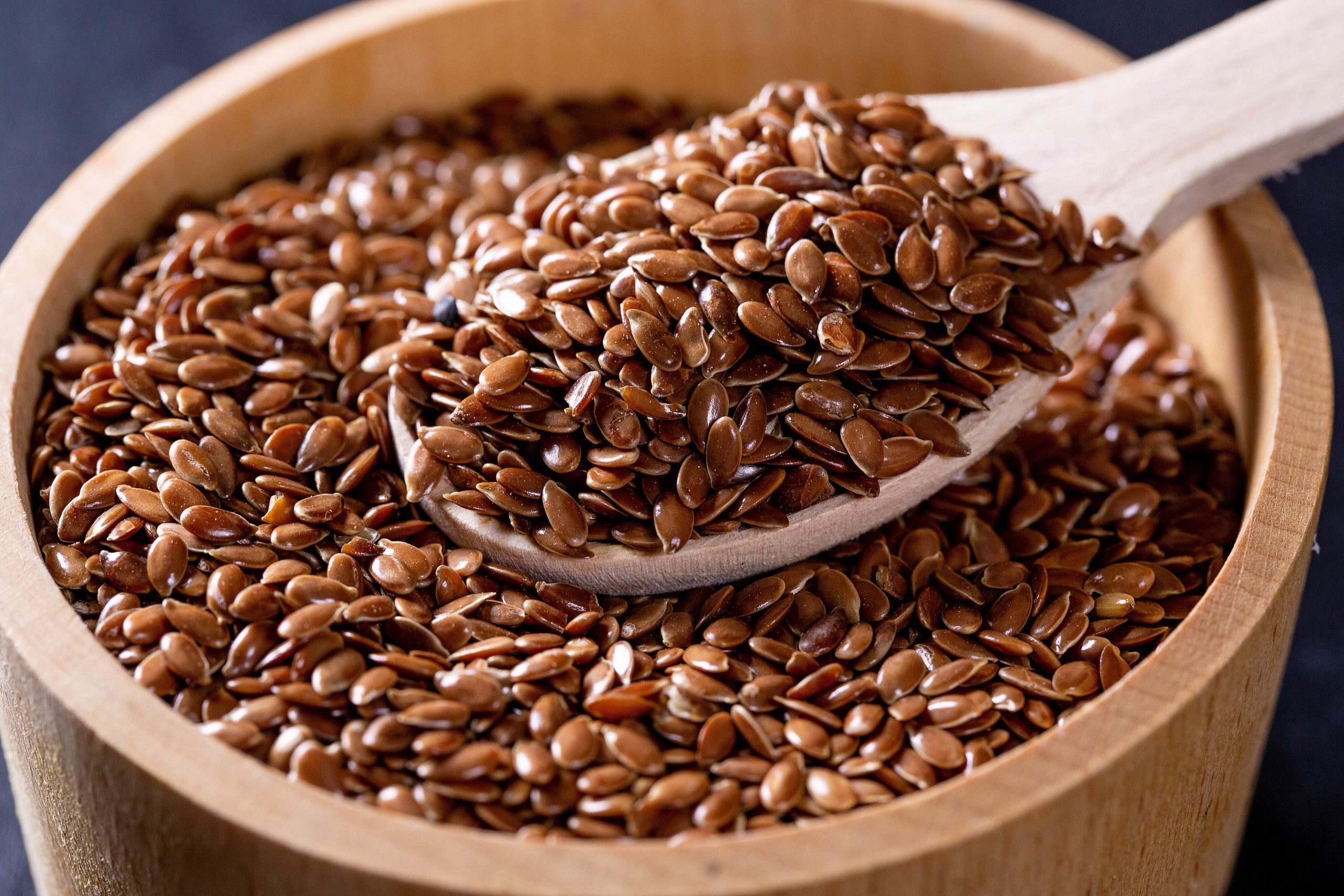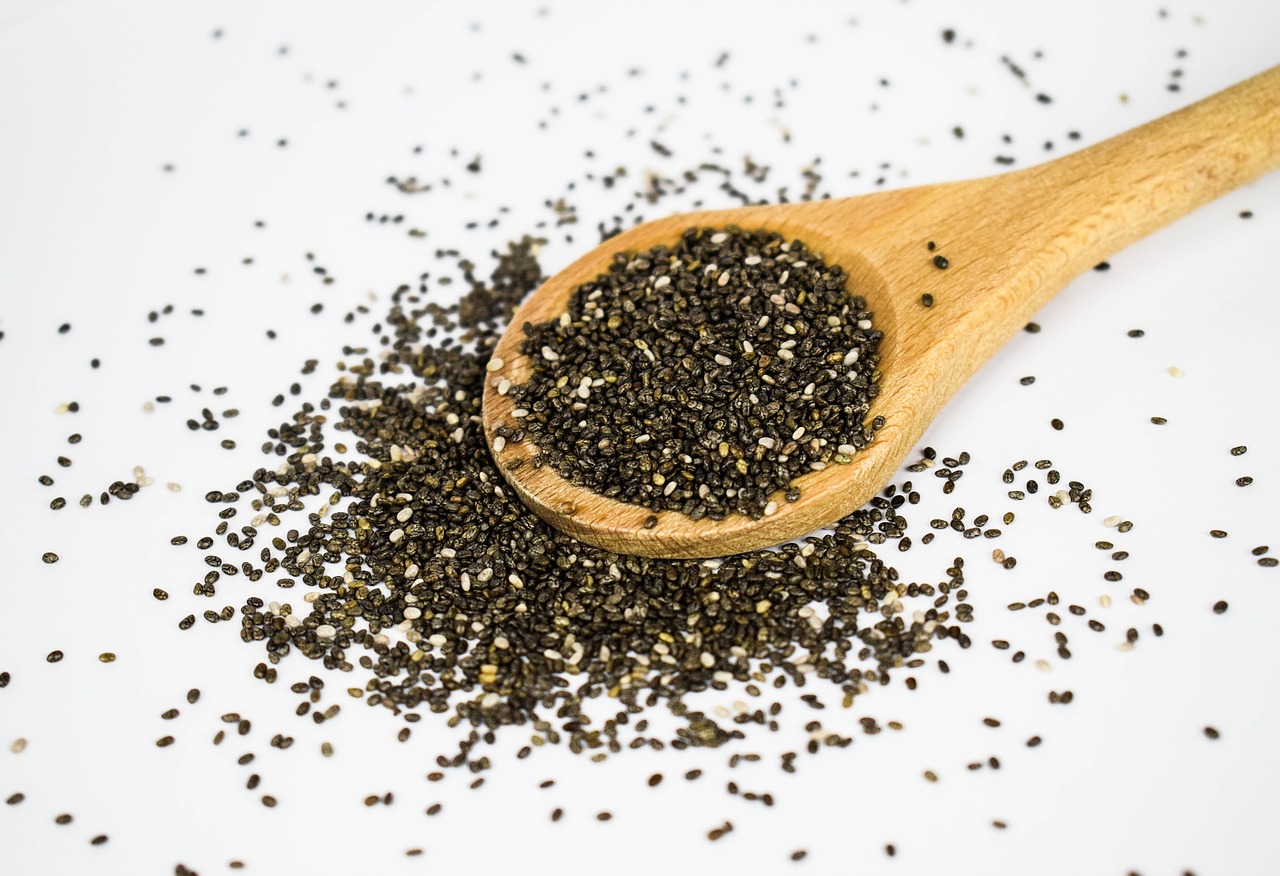
🌿🥑 Start Your Day with Plant-Powered Keto Breakfast! 🌞🥤
Are you looking for a nutritious and satisfying way to fuel your mornings? Look no further! Today, we’re sharing a collection of plant-powered keto smoothie recipes that will provide you with a rich and nourishing start to your day. Get ready to explore the incredible combination of almond and chia seeds in these nutrient-packed smoothies. 🌰🌱
Why Choose Plant-Powered Keto?
Plant-based diets have been gaining popularity due to their numerous health benefits and positive impact on the environment. By opting for plant-powered keto meals, you can reap the benefits of a ketogenic lifestyle while nourishing your body with wholesome, plant-based ingredients. This approach promotes optimal health, sustainability, and vitality. 🌱💪
Embrace the Power of Almonds and Chia Seeds
Almonds and chia seeds are nutritional powerhouses that are packed with essential nutrients and health-promoting properties. Almonds are an excellent source of healthy fats, fiber, vitamin E, and magnesium. They provide sustained energy and support brain health. Chia seeds are tiny but mighty, offering a rich supply of omega-3 fatty acids, fiber, and antioxidants. They promote digestive health, reduce inflammation, and support heart health. By incorporating these ingredients into your smoothies, you’ll create a nourishing breakfast that will keep you energized and satisfied throughout the day. 🌟✨
Recipe Ideas:
- 🥛 Creamy Almond Delight: Start your day with a creamy and nutritious almond delight. In a blender, combine 1 cup of unsweetened almond milk, a handful of spinach, 1 ripe banana, 2 tablespoons of almond butter, 1 tablespoon of chia seeds, and a sprinkle of cinnamon. Blend until smooth and creamy. The almond milk provides a smooth and slightly nutty base, while the chia seeds add a gel-like texture and a dose of omega-3 fatty acids. The spinach adds a boost of vitamins and minerals. The almond butter adds richness and a hint of nuttiness. Adjust the ingredients to achieve your desired consistency and sweetness.
- 🍓 Berry Chia Blast: Enjoy a burst of flavors with this berry chia blast smoothie. In a blender, combine 1 cup of frozen mixed berries, 1 cup of unsweetened almond milk, 1 tablespoon of chia seeds, 1 tablespoon of almond butter, and a drizzle of honey or your preferred natural sweetener. Blend until smooth and creamy. The mixed berries provide a sweet and tangy flavor, while the almond butter adds creaminess and a hint of nuttiness. The chia seeds contribute a delightful texture and provide a boost of omega-3 fatty acids. Adjust the ingredient ratios to achieve your desired consistency.
- 🍌 Banana Nut Powerhouse: Power up your morning with a banana nut powerhouse smoothie. In a blender, mix 1 ripe banana, 1 cup of unsweetened almond milk, 2 tablespoons of almond butter, 1 tablespoon of chia seeds, a sprinkle of nutmeg, and a dash of vanilla extract. Blend until smooth and creamy. This smoothie is a fantastic combination of natural sweetness from the banana, richness from almond butter, and a hint of warmth from the nutmeg. The chia seeds add a nutritional boost and a pleasant texture. Adjust the ingredient ratios to achieve your desired thickness and flavor intensity.
- 🥥 Coconut Chia Paradise: Transport yourself to a tropical paradise with this refreshing and invigorating coconut chia paradise smoothie. Blend together 1 cup of coconut milk, 1/2 cup of frozen pineapple chunks, 1 tablespoon of chia seeds, 1 tablespoon of unsweetened shredded coconut, and a squeeze of fresh lime juice. Blend until smooth and creamy. The creamy coconut milk pairs perfectly with the tropical sweetness of pineapple, while the chia seeds add a nutritional punch. Adjust the ingredient quantities based on your taste preferences.
- 🍫 Chocolate Almond Bliss: Indulge in a rich and decadent chocolate almond bliss smoothie. Blend together 1 cup of unsweetened almond milk, 1 tablespoon of almond butter, 1 tablespoon of chia seeds, 1 tablespoon of cocoa powder, a dash of vanilla extract, and a natural sweetener of your choice. Blend until smooth and creamy. The unsweetened almond milk provides a creamy base, while the chia seeds contribute a thick and satisfying texture. The almond butter adds richness and a hint of nuttiness, and the cocoa powder creates a rich chocolate flavor. Add a natural sweetener to taste, adjusting the amount to suit your preferences.
Remember, these recipes are just starting points! Feel free to experiment with additional ingredients such as kale, avocado, flax seeds, or protein powders to create your own unique smoothie creations. Let your taste buds guide you on a delicious and nutritious journey! 🌱🍹
We would love to see your plant-powered keto smoothies. Share your creations with us on social media by tagging @Masala.Monk and using the hashtag #MasalaMonk. Let’s inspire each other to embrace a nourishing plant-powered keto lifestyle! 📸✨













